Essential Tips for Knowing When to Change Your Bike Tyres
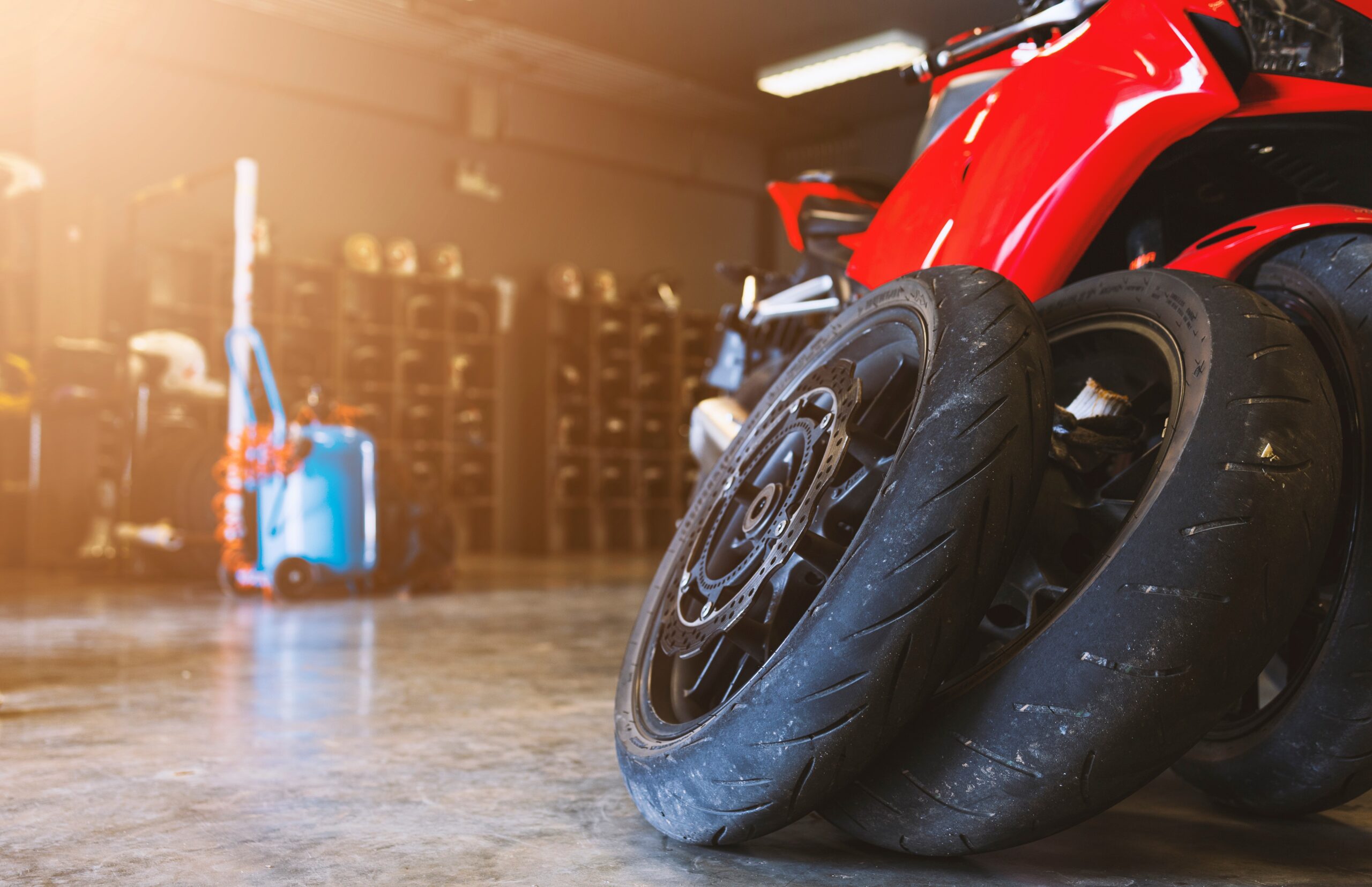
Proper maintenance is the key to keeping your bike in top-notch condition, ensuring both smooth rides and safety. Among the crucial aspects of bike maintenance, tyre inspection stands out. Recognizing when your bike tyres need replacing not only enhances your bike’s performance but also safeguards against potential hazards. If you’re uncertain about the right time to switch out your bike tyres, consider these seven invaluable tips.
1. Inspect for Wear and Tear
Visible signs of deterioration are clear indicators that your bike tyres need replacing. Look for symptoms such as flat spots, cracks on the tread or sidewalls, or diminished tread depth. Spotting these signs means it’s time for new tyres.
2. Consider Tyre Age
Tyres age, even without visible wear. Over years, tyres lose elasticity and become more susceptible to damage. It’s wise to replace bike tyres every three to five years, depending on your riding frequency. Don’t forget to renew your two-wheeler insurance timely to remain prepared for any unforeseen events.
3. Assess Performance Decline
A drop in your bike’s handling or performance often points to tyre issues. If your ride feels less stable, or if cornering precision has decreased, consider this a signal to check your tyres for potential replacement.
4. Frequency of Punctures
Regular punctures can indicate worn tyres. Occasional flats are normal, but a pattern suggests your tyres may be too thin or damaged, increasing their vulnerability. A robust motor insurance with roadside assistance can be a lifesaver during such mishaps.
5. Riding Terrain
Your riding habits influence tyre longevity. Off-road adventures might demand more frequent changes due to harsh terrain, whereas smooth pavement rides extend tyre life.
6. Bike Weight
Heavier bikes exert more pressure on tyres, accelerating wear. If your bike is on the heavier side, prepare to replace tyres more often. Proper upkeep not only ensures safety but can also positively impact your standing with insurance providers.
7. Monitor Tyre Pressure
Maintaining correct tyre pressure is critical for tyre longevity and performance. Regular checks aligned with manufacturer recommendations can prevent uneven wear and enhance ride quality.
Staying vigilant about your bike tyres’ condition is crucial for optimal performance and safety. Factors like wear and tear, tyre age, performance issues, puncture frequency, riding conditions, bike weight, and tyre pressure all dictate the lifespan of your bike tyres. Timely replacements ensure a safer, more enjoyable cycling experience.
Moreover, investing in comprehensive bike insurance covers unexpected accidents or issues, offering peace of mind. Utilizing tools like a two-wheeler insurance premium calculator ensures you get the best coverage at the right price. Remember, consistent maintenance, including tyre checks and replacements, is key to a secure and pleasurable biking adventure.
Similar Advices


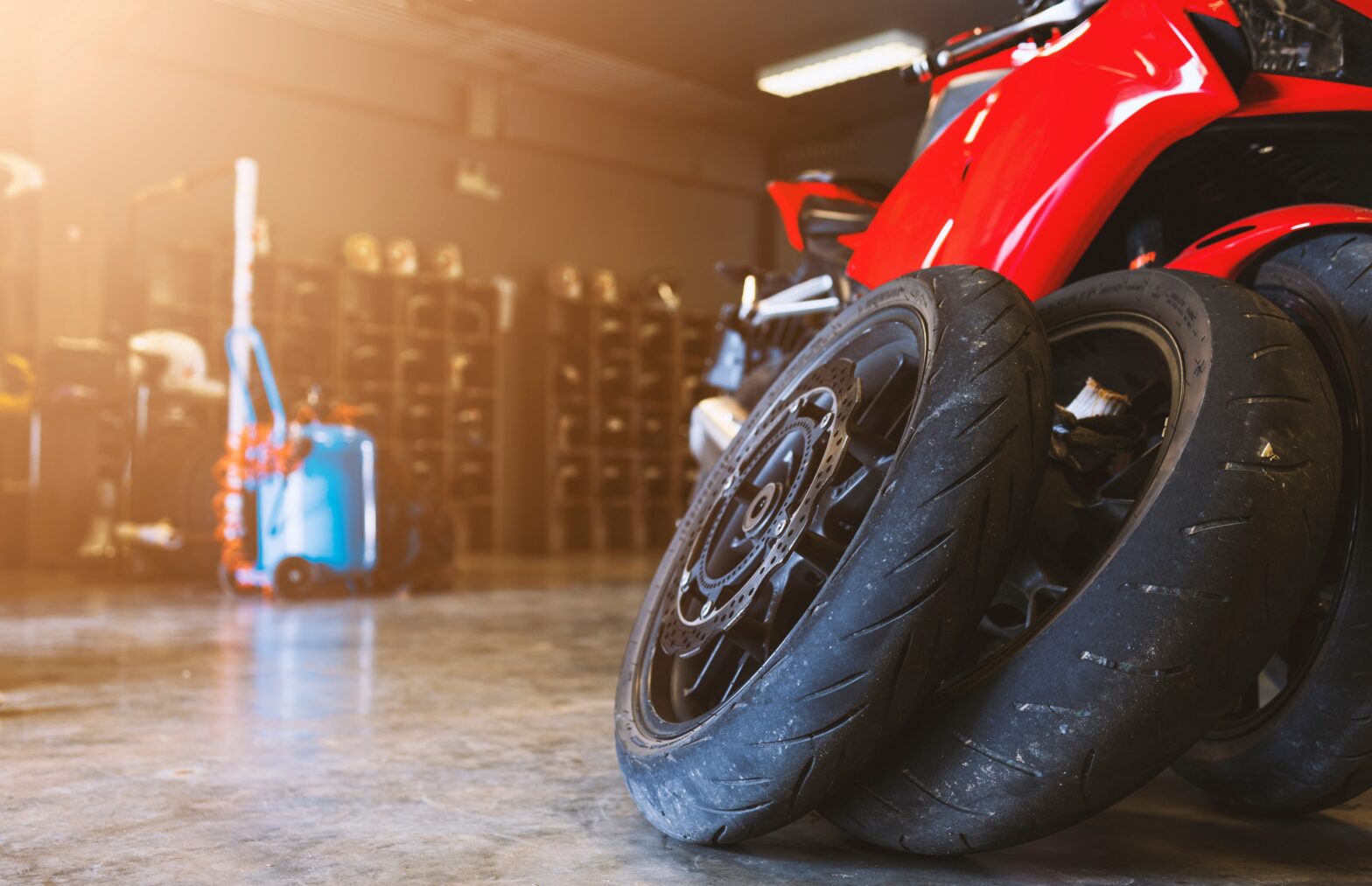

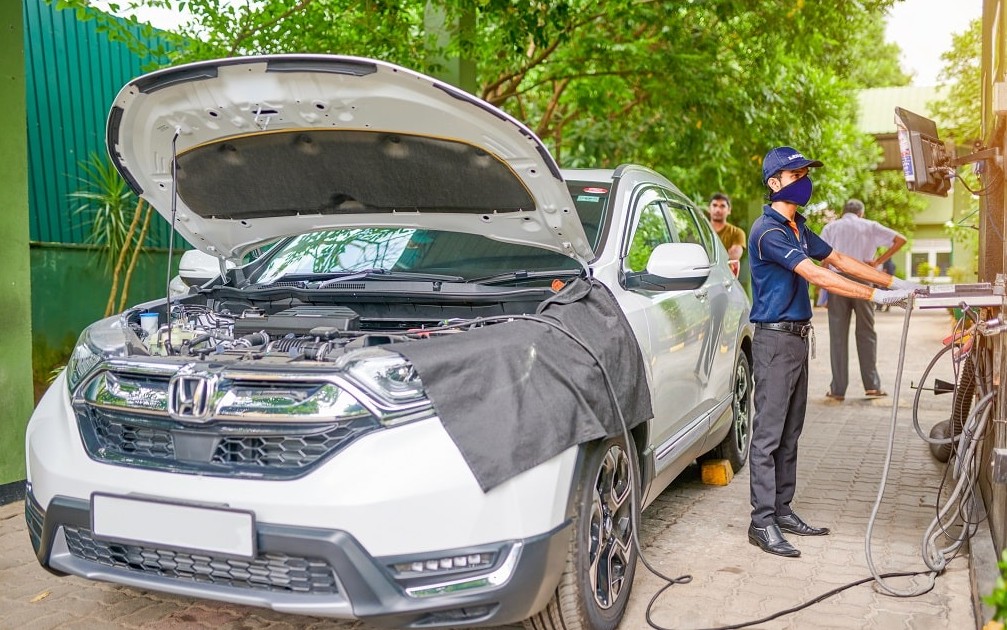
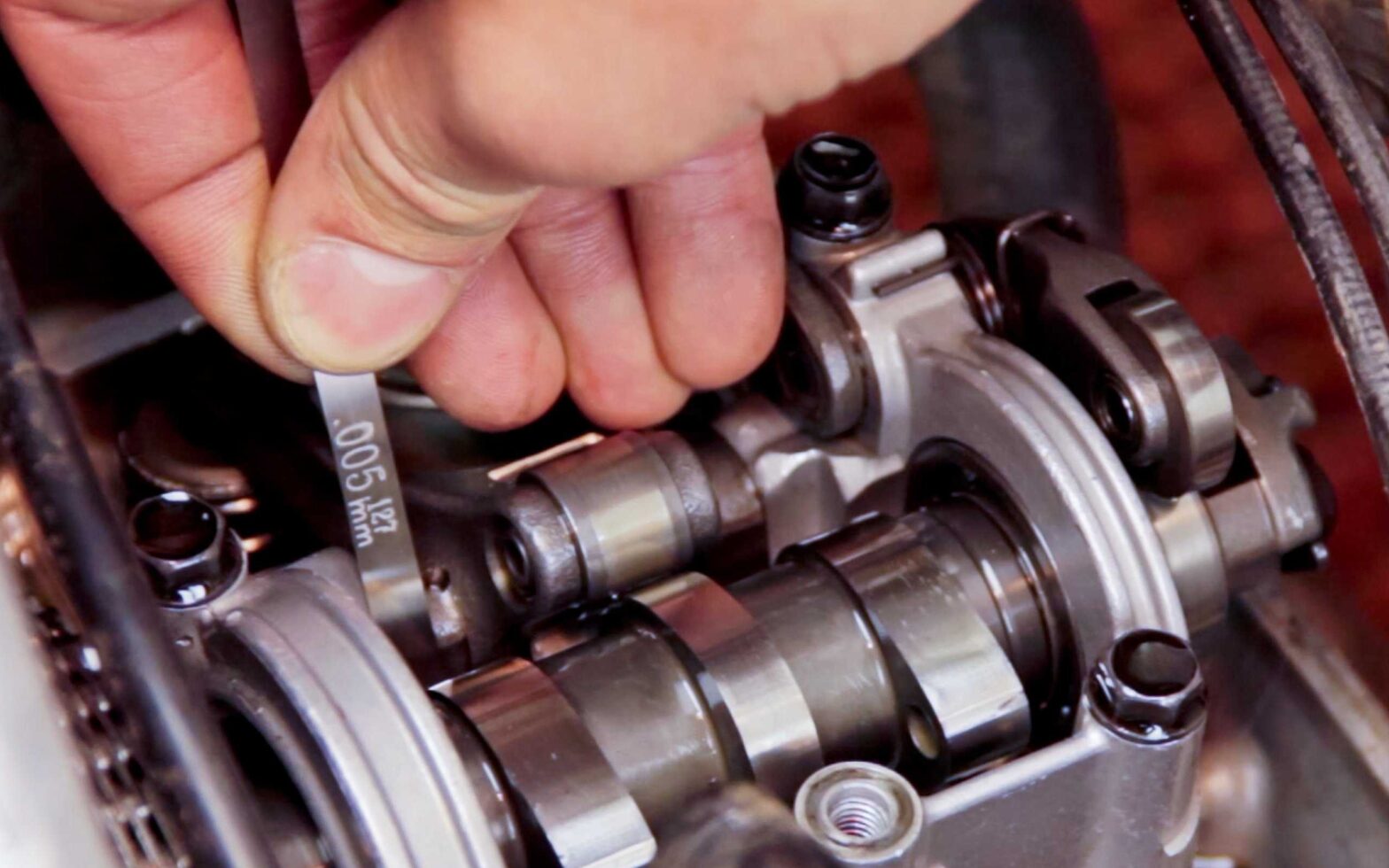
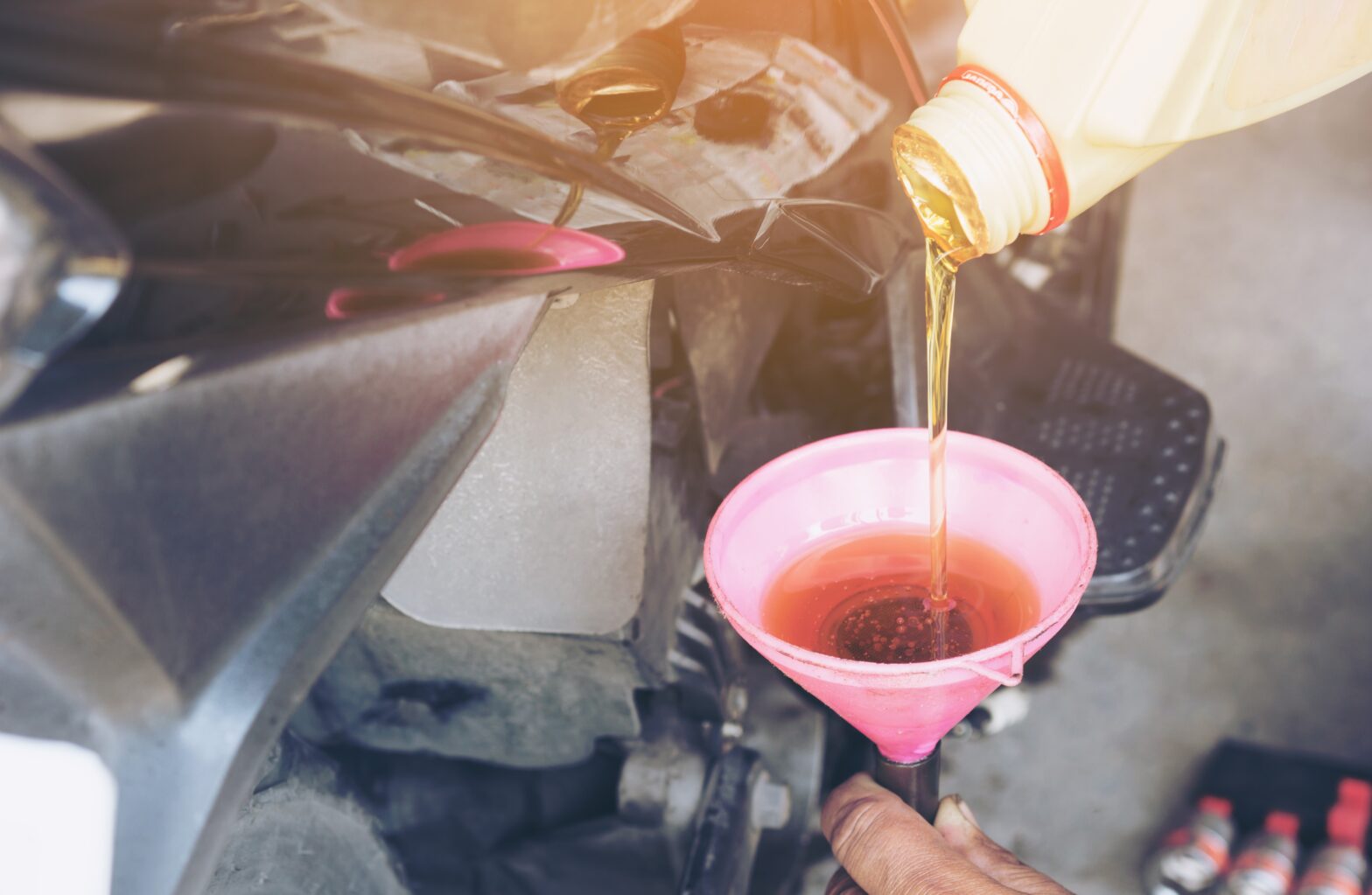

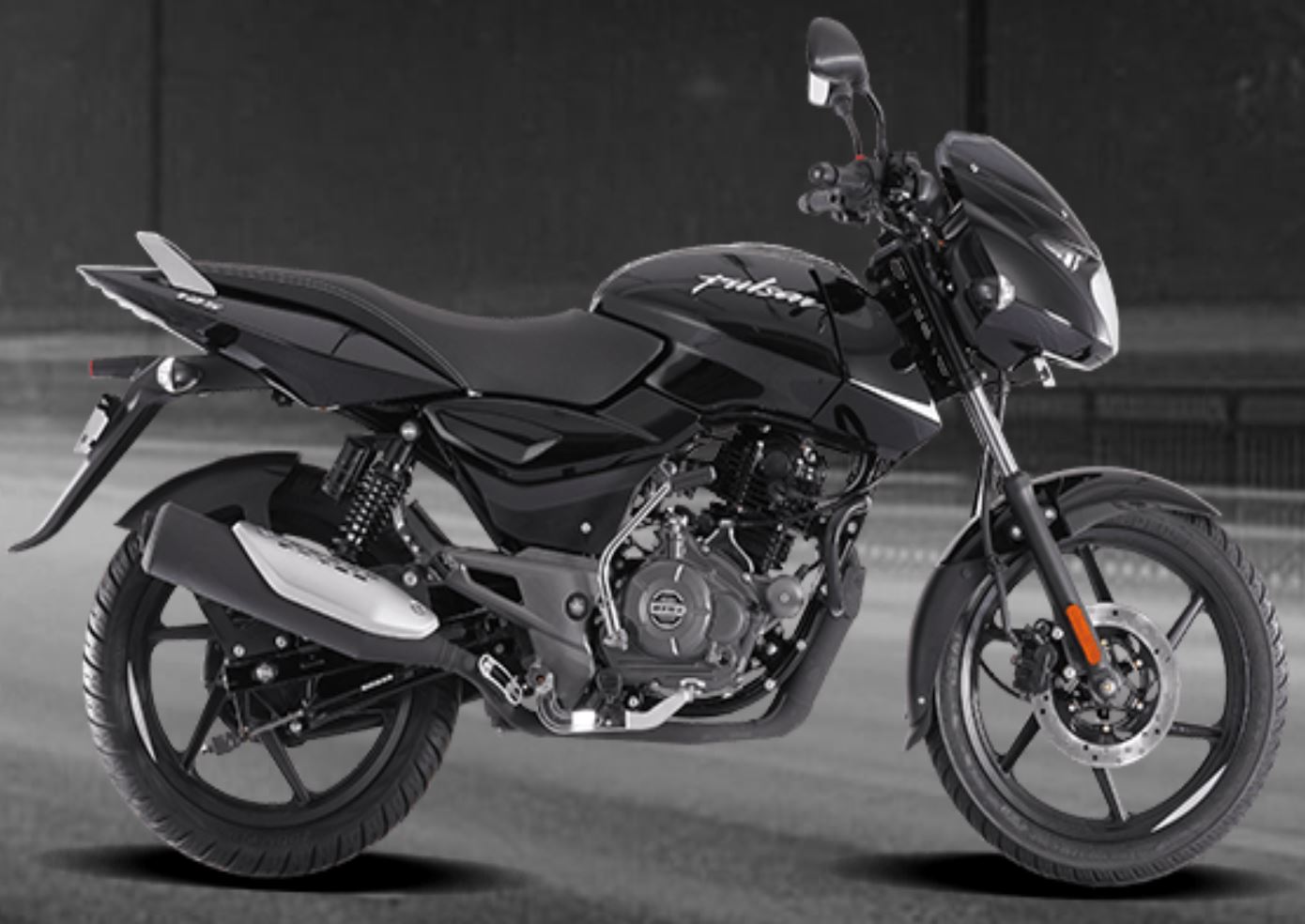
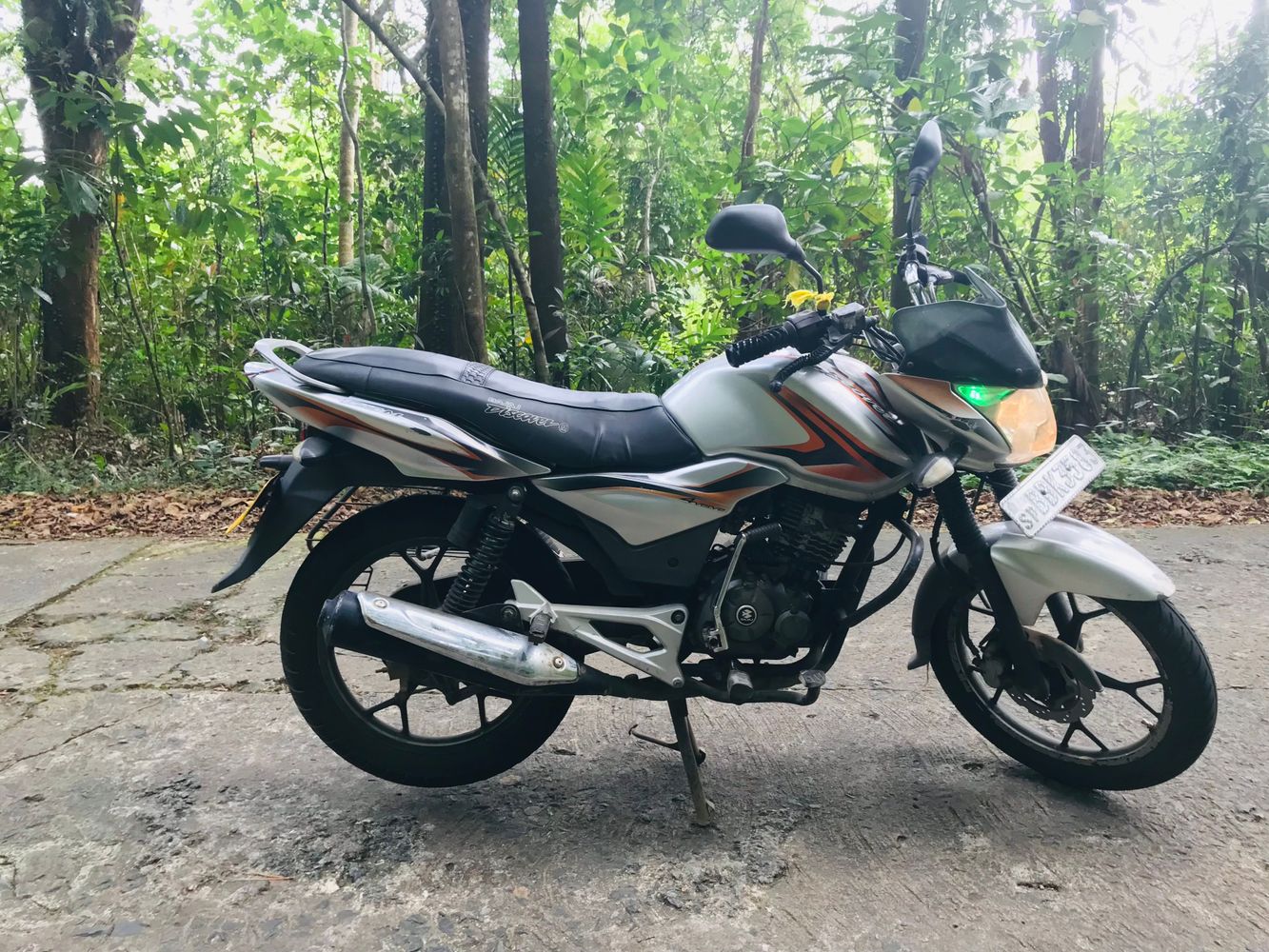
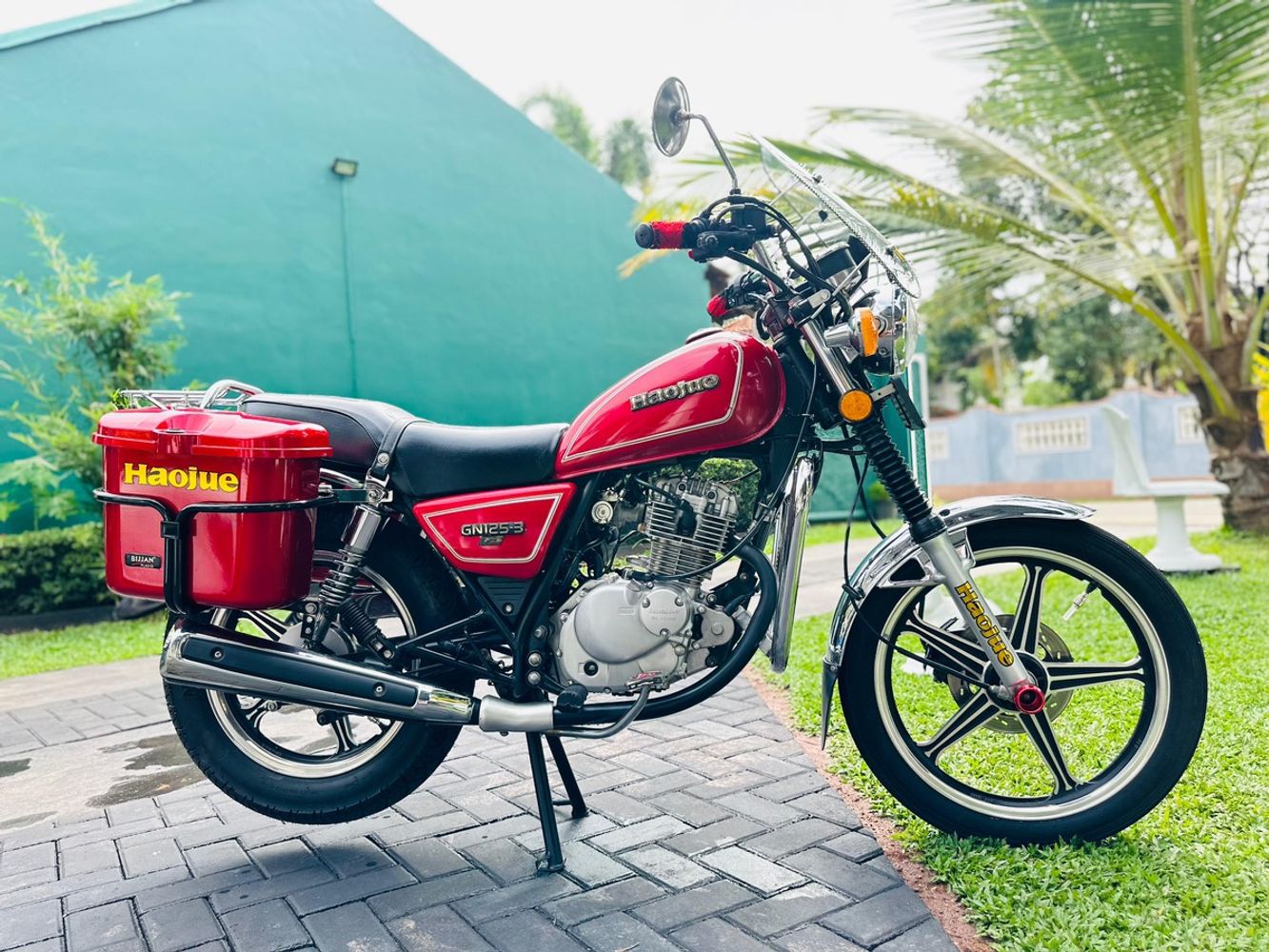
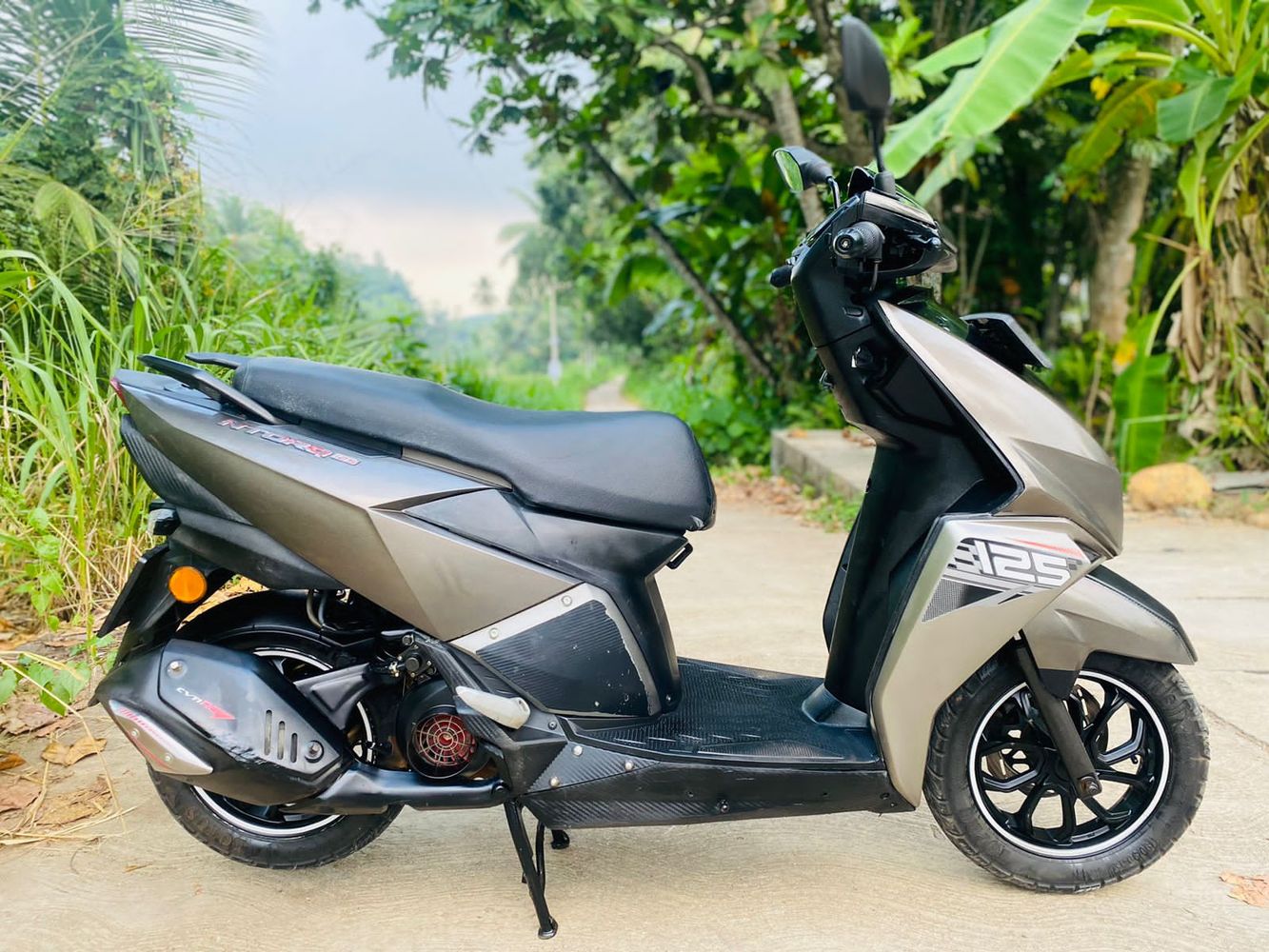
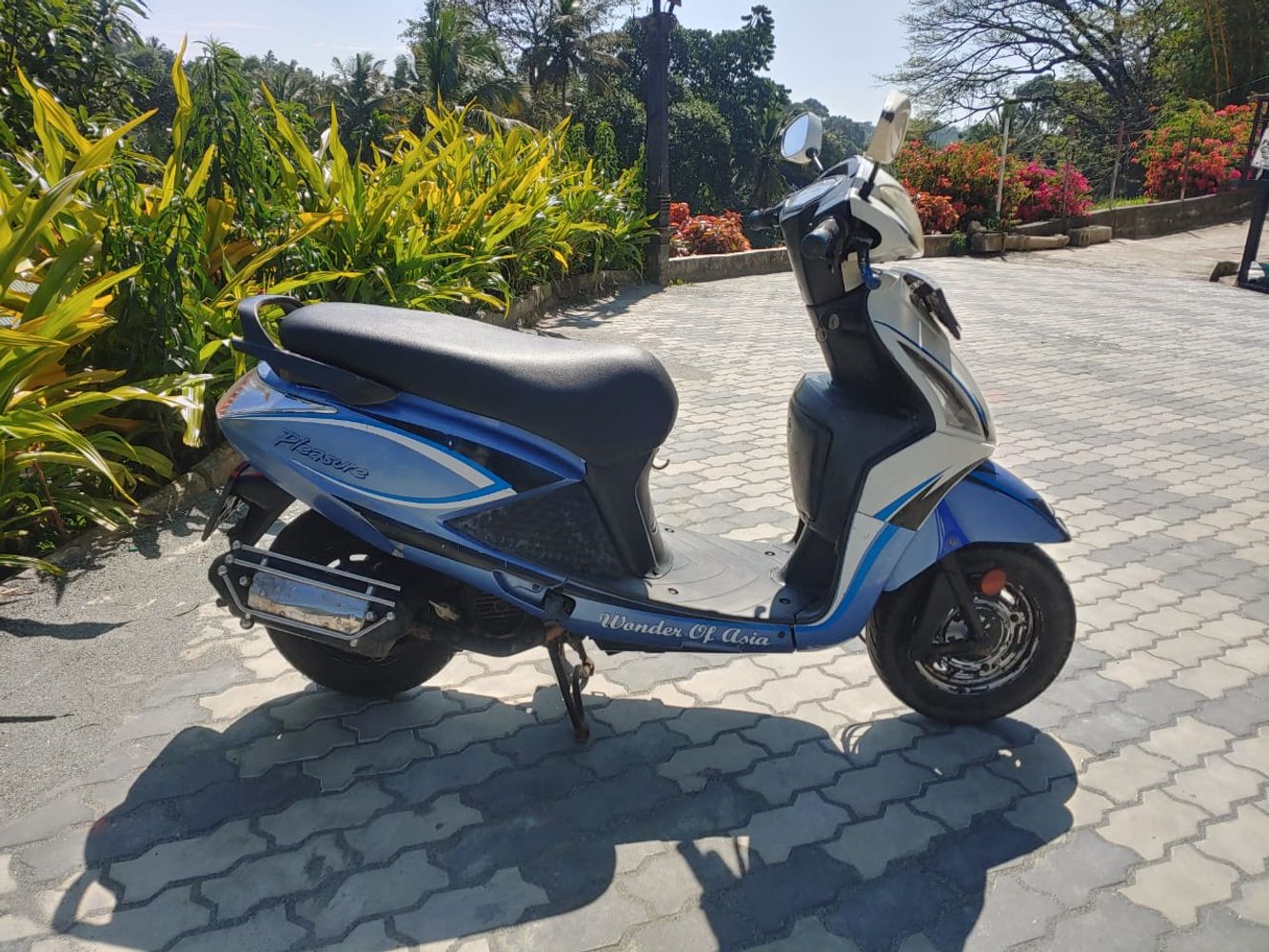
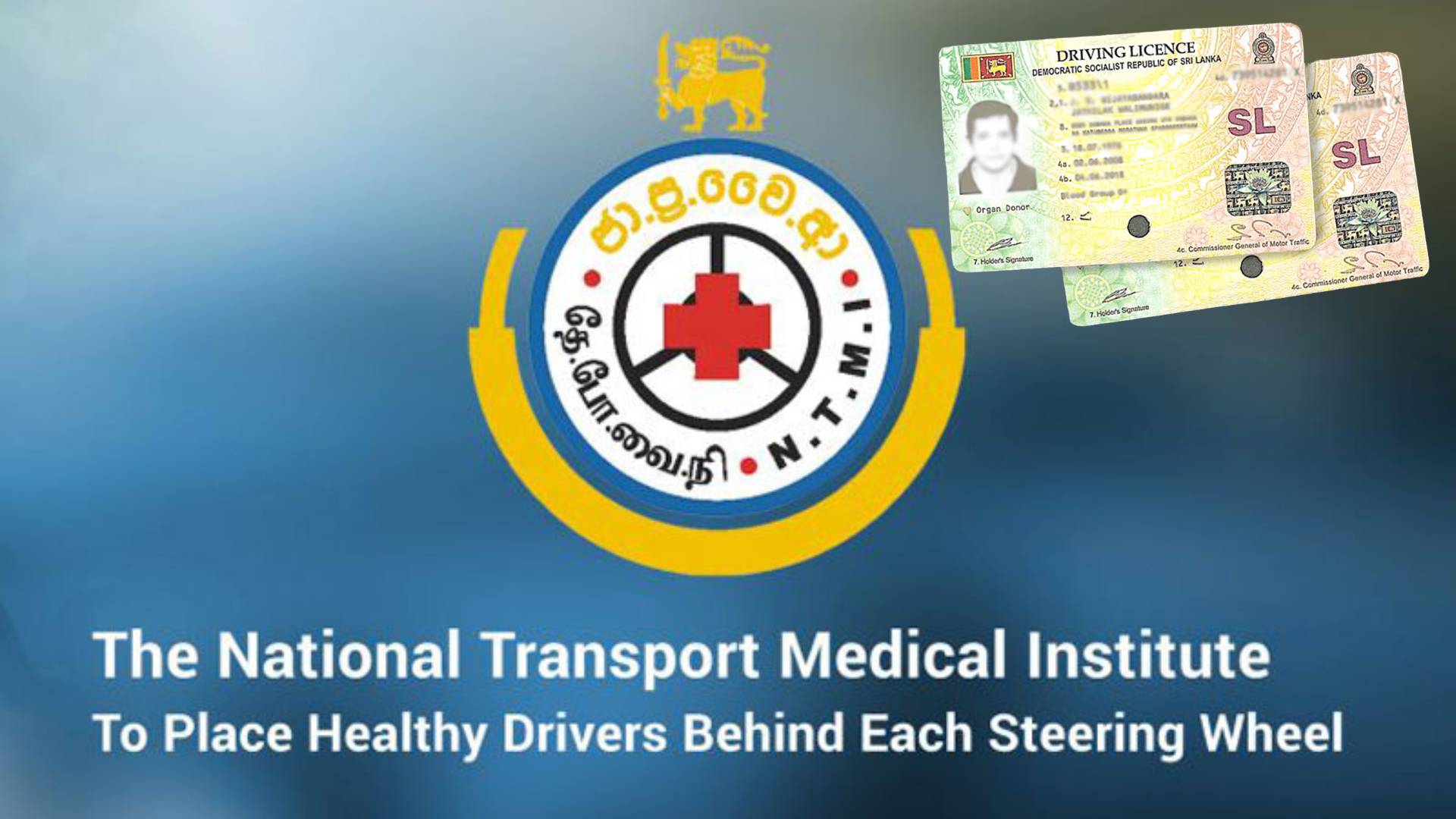



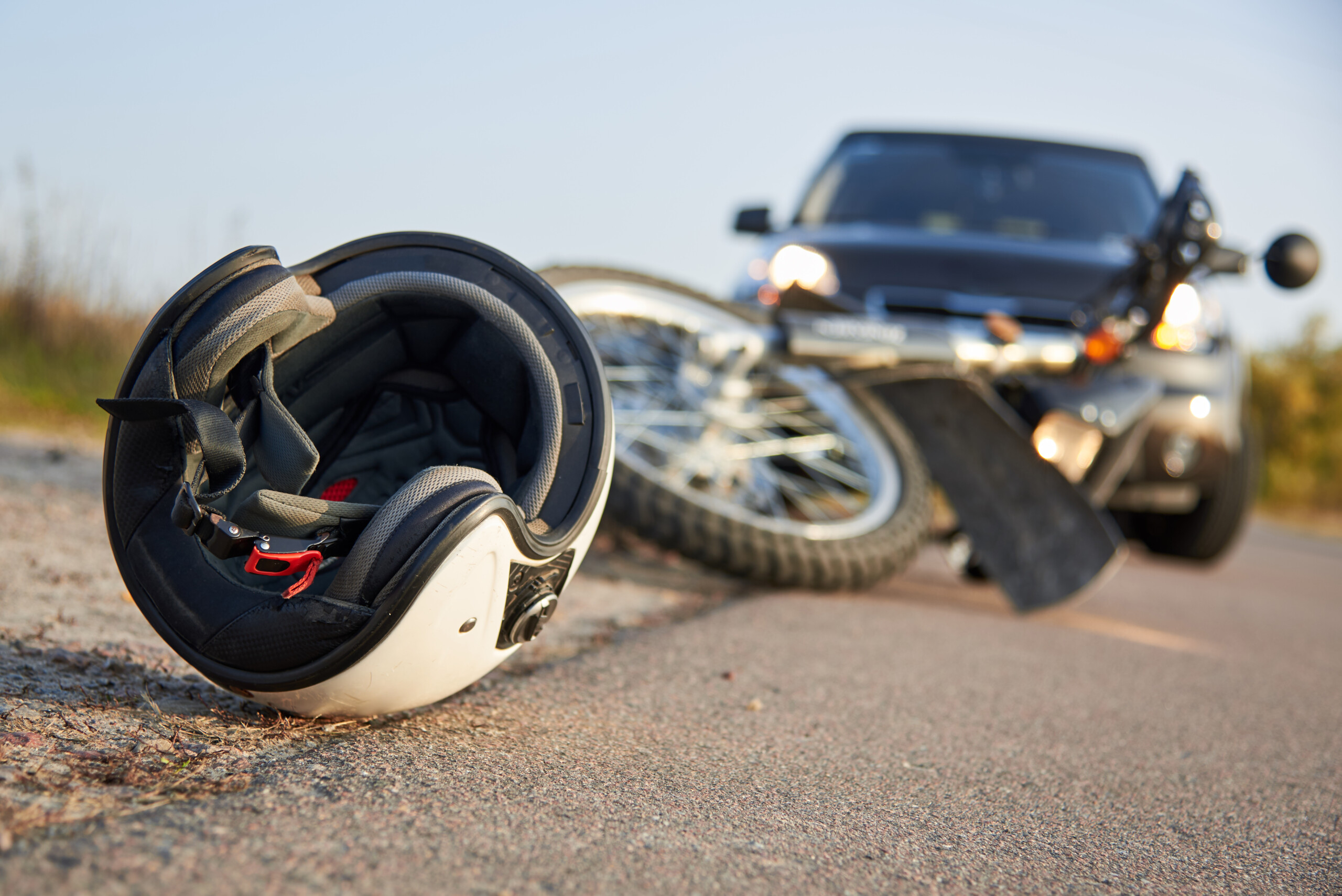
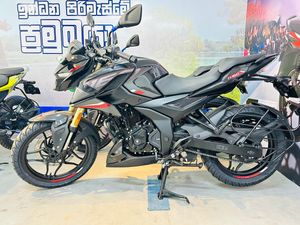
 MEMBER
MEMBER 



